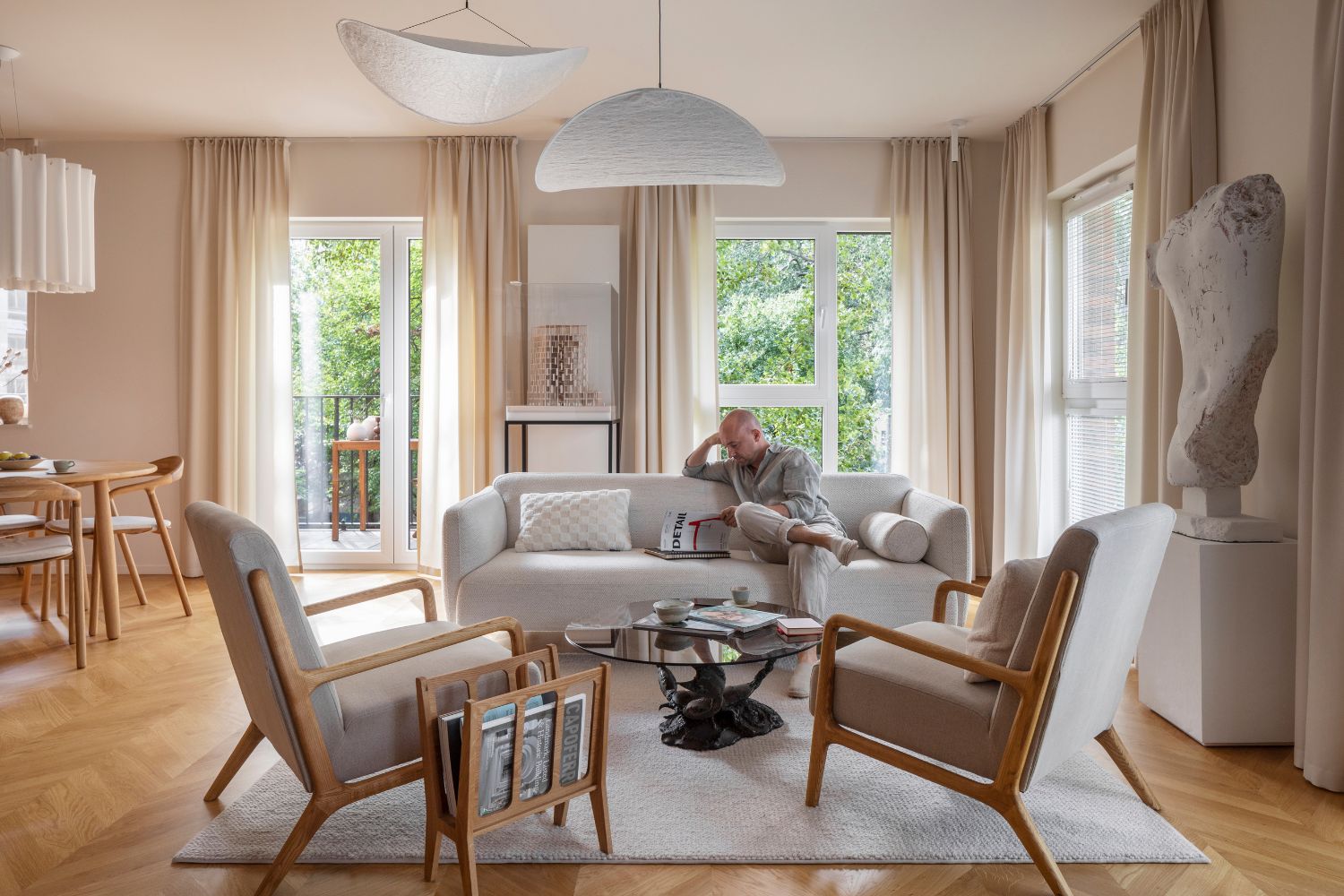- Home
- Articles
- Architectural Portfolio
- Architectral Presentation
- Inspirational Stories
- Architecture News
- Visualization
- BIM Industry
- Facade Design
- Parametric Design
- Career
- Landscape Architecture
- Construction
- Artificial Intelligence
- Sketching
- Design Softwares
- Diagrams
- Writing
- Architectural Tips
- Sustainability
- Courses
- Concept
- Technology
- History & Heritage
- Future of Architecture
- Guides & How-To
- Art & Culture
- Projects
- Interior Design
- Competitions
- Jobs
- Store
- Tools
- More
- Home
- Articles
- Architectural Portfolio
- Architectral Presentation
- Inspirational Stories
- Architecture News
- Visualization
- BIM Industry
- Facade Design
- Parametric Design
- Career
- Landscape Architecture
- Construction
- Artificial Intelligence
- Sketching
- Design Softwares
- Diagrams
- Writing
- Architectural Tips
- Sustainability
- Courses
- Concept
- Technology
- History & Heritage
- Future of Architecture
- Guides & How-To
- Art & Culture
- Projects
- Interior Design
- Competitions
- Jobs
- Store
- Tools
- More

London is blessed to have a conglomeration of experimental post-war high-rise social housing. It has successfully provided a quick re-housing for the population with its modern modular construction method. These post war housing also encompasses a range of renowned brutalist architecture which are fought for preservation in recent decades. Now, many of these housings are facing threats of demolishing due to poor serviceability, safety and community management. This provoked many developers to flatten the existing estate to build new buildings to tackle the overwhelming London’s housing crisis.

In our proposal, instead of restocking housing by demolishing the current, existing estates should serve as scaffold to building new communities. Existing community density and building proportions will guide the new housing density and structural composition respectively. The proposed housing attachment will revitalize the community life by creating a flexible common space in between the new and existing in the sky. This space aims at recalibrating the social programs relevant for revitalizing the shared community between current estate’s residents and future tenants. We call this the ‘common-sky’ typology. Alton Estate in Roehampton will be used as a testing bed for this new typology.

Adaptability and Deployability
The extended architecture is constructed using a rectilinear structural frame. Echoing a similar floor grid from the original Alton Estate, the new space frame is made up of individual grids of 1.15 meters and 1.2 meters, where it has a vertical capacity of 3 meters. With site deployability being a priority, a gridded frame allows for maximum flexibility when adapting to a new estate across the UK.
Service structure core is a key component to regenerate existing buildings and support additional restocking of new housing units. The proposed service structure cores are made of 1000mm x 500mm aluminum finished steel columns, cladded to the exterior of the building. Embedded within the vertical service structure core are four types of pipes (ventilation, soil, water and electricity cables). To support the residential units services, 500mm gaps are uniformly created between all units floor and ceiling for the horizontal insertion of service pipes.

Micro Public Spaces
In addition to the main public space between the existing housing estate and the new extension, there will be smaller common areas designed for each floor of the new extension. Amenity-based micro public spaces such as community kitchen, shared library, sun-bathing deck, pool table room, etc., will encourage tenants/families to host parties, to engage in a specific activity, or just to casually hang out.

Units
Reflecting upon the modularization method from the original estate, a similar system of pre-fabricated and customizable units is used to provide high flexibility and adaptability to accommodate a constantly growing population and ever-changing demographics. With a base residential unit of 9 base grids, the modular system could expand to cater to different demographics sizes from single person to couple to small family (3 people) and to mid-sized family (4-5 people), by offering a catalogue of unique configurations.

With an option to transform one of the compartments within the unit from a closed interior to an open “balcony” or “front yard”, these different configurations allow residents to fine-tune their desired modes of living – close living, semi-open living and open-living. With this freedom to customize, residents can adjust the level of connection with their neighbors as well as their degree of privacy. These small pockets of porosity arranged throughout the “sky corridor” will allow tenants to interact with each other through informal encounters and help create a sense of collectivity within the newly formed community.
illustrarch is your daily dose of architecture. Leading community designed for all lovers of illustration and #drawing.
Submit your architectural projects
Follow these steps for submission your project. Submission FormLatest Posts
BXB Studio’s Hybrid Interior: Redefining the Modern Architectural Workplace
The Warsaw headquarters of BXB Studio was established in a modest 70...
Juzen Chemical Corporation Head Office by KEY OPERATION INC. / ARCHITECTS
Juzen Chemical Corporation Head Office by KEY OPERATION INC. blends efficiency, employee...
Terra Mater Factual Studios by Berger Parkkinen + Architects
Terra Mater Factual Studios in Vienna by Berger Parkkinen + Architects blends...
Functionality and Sophistication Define Cosan’s Office in Brasília
A project by mw.arq | Moema Wertheimer, the new office reflects the...



























Leave a comment